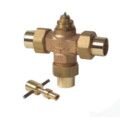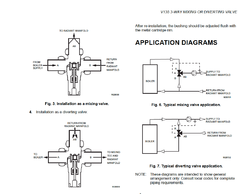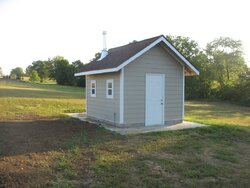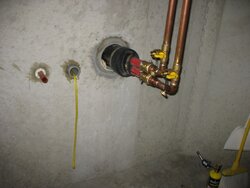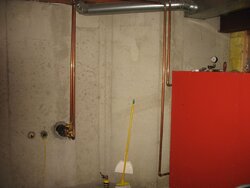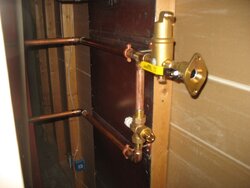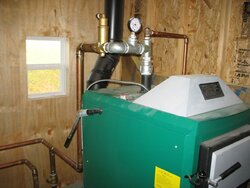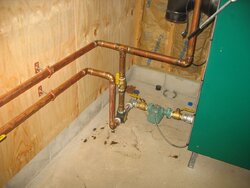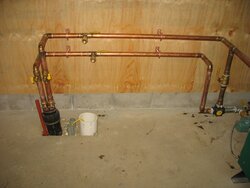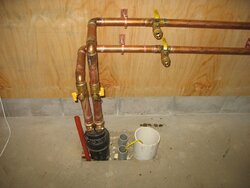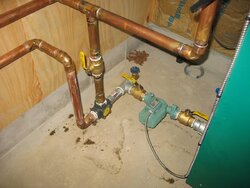I'm an auto mechanic, not a hydronics master. So far I know that its important to recirculate the WAHX water to keep return temps to storage low. I assume this keeps the top of the tank hot and bottom cold. Im trying to understand why keeping the tank stratified is so important.Also, is deltaT, change in temp?
Yes indeed, deltaT is change in temp, and gpm is flow. Taken together deltaT and gpm is about all there is to hydronics.
DeltaT is voltage, gpm is amperage, and pipe and components are the wires and resistors.
The amount of power transmitted though a pipe is gpm times deltaT: btu_per_hour = gpm * deltaT * 500. Same as watts is amperes times change in voltage: W = A * V. Watts, horsepower, and btu per hour are all units of power, work done per unit of time.
Just as you can only get about so many amperes to flow through a wire, you can only get about so many gpm to flow through a pipe or component. The amount of flow we can get through a pipe is limited by how fast the water flows and by how big of a pump we can afford to run, and when we're all said and done there's a certain fixed maximum gpm that will flow through a particular circuit when it is put into service.
So if the gpm is fixed and constant according to the circuit design, then power can only vary according to deltaT. More deltaT, more power, same as more voltage more horsepower. With only 12 volts to work with it takes a wire as big as your little finger to run a five horsepower starter motor, but if you could use 220 volts it could be done with 12 gauge wire. 5 hp is about 3700 watts, which is about 12500 btu per hour.
So one reason tank stratification is important is that stratification determines how cool the water is that goes to the boiler, which determines how much deltaT the boiler has to work with, which determines how much boiler power can be transmitted to storage. If the piping from storage to boiler flows about 10 gpm, and the boiler wants to put out 100000 btu per hour, then deltaT has to be at least 20 degF (100000 btu per hour divided by 500 times 10 gpm). Likewise if the boiler to storage circuit only flows 5 gpm, then you need 40 degF deltaT to transmit 100000 btu per hour.
And a bigger reason stratification is important is that it determines how much heat the storage can store. If you can cool storage down from 180 degF to 140 degF then you have extracted twice as much energy as pulling down from 180 degF to 160 degF. The size of your WAHX will determine how cool you can get away with when you try to lower your return temperature.
A thermostatic mixing valve or diverting valve does sense the temperature. An automotive thermostat is a fixed setpoint diverting valve. A 185 degF thermostat will divert coolant back to the engine until block temperature gets above 185 degF, then it starts sending some flow to the radiator. When it gets hot enough all the flow will go to the radiator. A mixing valve configured as a diverting valve is the same idea, with an adjustable setpoint. In fact that the fixed setpoint thermostatic diverting (mixing) valves available from Termovar and Danfoss have what appears to be a plain old automotive thermostat inside.
Flowing the other direction they become mixing valves and they will sense temperature and adjust the amount of hot port flow and cold port flow to mix them together to deliver water at the setpoint temperature. I can't make much sense out of the PexSupply answer, but the idea should be that if the valve setpoint is 120 degF, and there is water 120 degF or hotter available at the hot port, and there is water 120 degF or cooler available on the cool port, then the valve should be able to deliver water that is more or less a constant 120 degF out the mix port.


